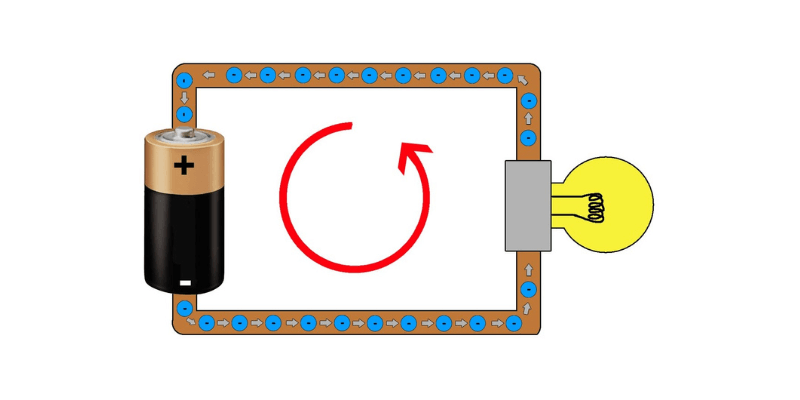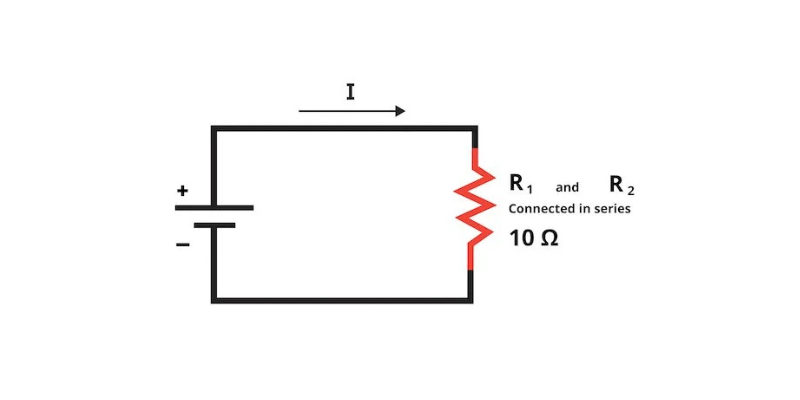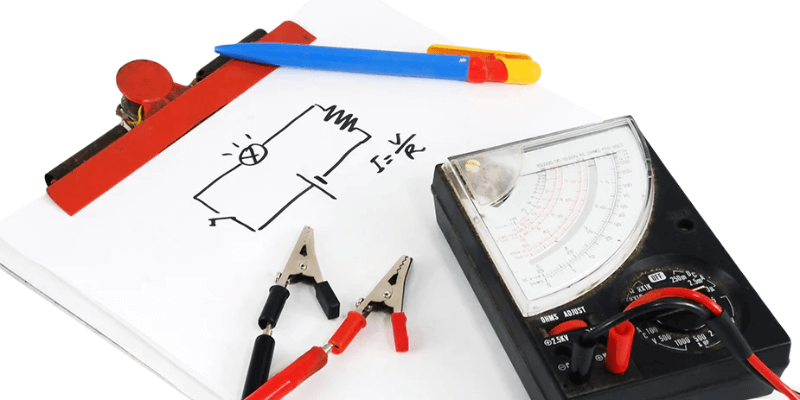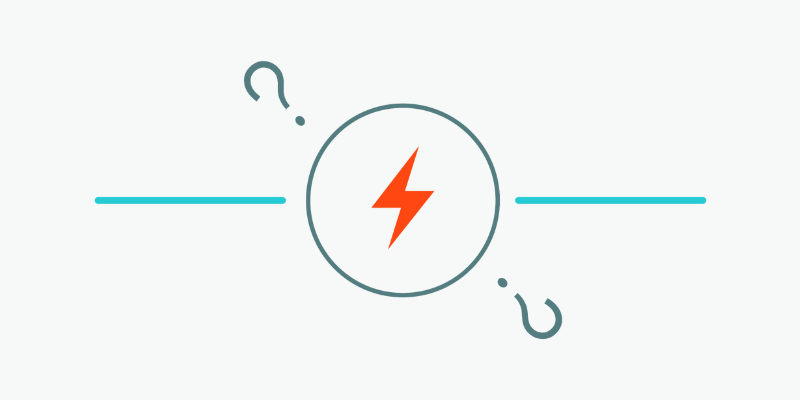I-AMPS, iVolts, ii-watts, kunye ne-ohms zikhonkotha eziphambili kwiinkqubo zombane. Ngelixa kunokubonakala ngathi kukho ubunzima, awudingi idigri yobunjineli yokuqonda umbane. Umbane uhamba njengamanzi nge-hose: i-elektroni ihamba ngomqhubi, ngokwesiqhelo icingo. Ukucacisa la magama, siza kusebenzisa amanzi kunye ne-hose ayogy ukuchaza nganye nganye.
Yintoni i-AMPS?
I-Ampere (Amp) ilinganisa ngombane, ireyithi apho i-elektroni ihamba khona kumqhubi, omelwe yi “I” kwi-enamagama. Iyunithi ibizwa emva kwe-Franch Goreisist André-Marie Ampère, onguvulindlela wase-Electromagnetism.
Kumfanekiso wamanzi, umbane ohambelana nenqanaba lokuhamba kwamanzi nge-hose.
Ngaphakathi kwiqela lakho lenkonzo yekhaya lakho, okanye ibhokisi yokophule, uyakufumana abaphulaphuli besekethe ababhalwe i-15, 20, kunye ne-30 AMPS. I-Amprerafti ephezulu ivumela umbane ongaphezulu wokuhamba. Izixhobo ezinkulu ezinjenge-moya eziqhagamshelo zomoya eziqhagamshela kwi-30-AMP isekethe, ngelixa uninzi lweendawo zisebenzisa i-20-AMP iseketheni okanye i-15-AMP. Ukubaleka uninzi lwezixhobo ezikwisekethe enye kuya kuhamba umphunga, ukusika amandla ukuthintela ukugqithisa.

Zithini iivolthi?
I-volts, emelwe “V,” Amanyathelo ombane onokubakho oqhuba umbane ngenkqubo. Babonisa isantya se-elektroni ezihamba ngesekethe kwaye zilinganiswa kwiVolts. I-Olts ibizwa emva kokuba i-Italiard I-Italiarl Rolta.
Kumfanekiso wamanzi, i-voltage ifana noxinzelelo lwamanzi, oluhamba ngamanzi nge-hose, olufana nendlela ekuqhubela ngayo umqhubi.
EUnited States, amandla ombane ahanjiswa kumakhaya akwi-Vughts ezimbini: i-120 i-volts kunye ne-240 volts. Izixhobo ezinkulu ezinjenge-moya kunye neendlela zombane zisebenzisa i-240 volts, ngelixa zizixhobo ezincinci zifana ne-bulbs ekhanyayo kunye neeseli zeselfowuni zisebenza kwi-120 volts.
Yintoni i-Ohms?
Ibizwa ngegama laseJamani kunye neMathericuericaical Georgi SIMO OHM, OHMS ilinganisa ukunyangwa kombane kumqhubi kwaye imelwe “R” kwi-enamagama. Ukuchasana nokucothisa ukuhamba kwee-elektroni.
Kumfanekiso wamanzi, ilingana nobubanzi beHose. I-hose ebanzi inika ukumelana okuncinci kwaye ivumela ukuhamba kwamanzi ngokukhawuleza. Ngokufanayo, abaqhubi ngokuxhathisa obuphantsi, njengokucinywa kobhedu.

Yintoni i-watts?
I-Wattage yeyona nto iqhelekileyo yombane, ilinganisa amandla kwisixhobo sombane i-watts, emelwe “P” kwi-enamagama. I-Watts ibizwa emva kweJapan yatt, injineli yaseScotland eyamkhulisa injini ye-Steam.
Sebenzisa i-anaglogy yamanzi, i-Wattle ingenwe kukunyusa ukuhamba kwamanzi okanye uxinzelelo. Ngokufanayo, kwinkqubo yombane, unokuphakamisa amandla ngokwandisa ukwanda okanye voltage.
Ukubala i-Wattage, i-Voltipped Voltage (v) nge-amprage (a): v x A = W. I-Election ephezulu kunye nevolumu enkulu yesekethe kunye nevolumu enkulu yesekethe. Umzekelo, ukuqhuba i-vacuum isebenzisa i-400 ukuya kwi-900 yatts, ngelixa ikhala icango ifuna kuphela i-2 ukuya kwi-4 yatts.
I-Voltage, okwangoku, ukumelana
Umthetho ka-Ohm Ibalisa i-voltage, yangoku, kwaye iyamelana ngokuchasene ne-equation v = I X R (apho v yi-voltage kwi-Volts, ndikhona ngoku kwi-Ohms). Ukonyusa i-voltage ngelixa ugcina ukumelana nokuhlala kububangela ukuba kunyuke.
Sebenzisa i-aaloglogy: Uxinzelelo olwandayo luvumela amanzi amaninzi ukuba ahambe. Kwelinye icala, ukuba ukuxhathisa kusonyuka ngelixa i-voltage ihlala iqinile, kuyancipha kwangoku. Oku kuyafana nokucofa i-hose; Iziphumo zokuncitshiswa okuncitshisiweyo kwiziphumo ezincinci.

Ukusebenza kakuhle kombane
Kwinkqubo yombane, ukwanda okanye ivolthi iphakamisa amandla.
Umzekelo, ibhalbhu yokukhanya e-6-vol iqhagamshelwe kwibhetri eyi-6 yevolthi ivelisa i-watts eziyi-100. Sebenzisa ifomula i = p / v, imfuneko yangoku yile: i = 100 w / 6 v = 16.67 Apps. Ukuba usebenzisa ibhetri ye-12-volt ye-12-vol endaweni yoko: i = 100 w / 12 v = 8.33 Amp. Esi sicwangciso sifezekisa amandla afanayo kunye nesiqingatha sangoku, ukunciphisa ilahleko ye-copper kwiingcingo kuba ukuxhathisa kutya amandla amaninzi njengoko ukunyuka kwangoku.
Ubudlelwane bubonakalisiwe njenge-P = I²r, ebonisa ukuba ukuxhathisa okuphezulu okanye ukwanda kokukhokelela kwilahleko enkulu yamandla kwiingcingo. Ukusebenzisa i-voltage ephezulu kuyasebenza ngakumbi kwiinkqubo zombane, ukuphucula ukusebenza ngempumelelo kombane.
Ngo-1990s, le ngcinga iphakamisa i-Automatosers ukuba ithathele ingqalelo ukutshintshiselana kwiinkqubo zemveli zemveli ezi-12 ukuya kwi-voltage ephezulu (i-42 Volts). Nangona kunjalo, abavelisi bakhetha ngokuchasene Olu tshintsho Kuba baphucule ukusebenza ngokuphumelelayo kusetyenziswa itekhnoloji yedijithali kwiindawo eziphantsi kwe-voltage. I-hybrid yanamhlanje kwaye isebenza ngokupheleleyo isebenza phakathi kwe-450 nama-650 i-650 ivolthi yamameto enamandla ngelixa egcina izisombululo ezifanelekileyo.
I-Watts / iVolts / Amps / Calculator
Ngenisa naziphi na izinto ezimbini ezingezantsi ukuzela abanye:

